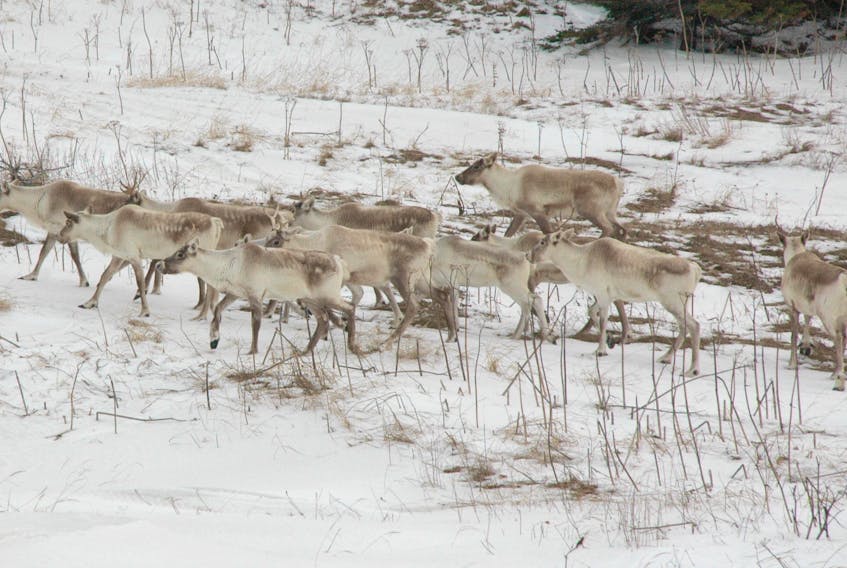Caribou will soon be returning to Grey Islands off the Great Northern Peninsula.
In a news release on Nov. 30, the Department of Fisheries and Land Resources revealed it will be introducing a maximum of 15 caribou from the St. Anthony herd to the Grey Islands in 2019-20 in an effort to re-establish a resident caribou population.

This is the second time the government has brought caribou to the Grey Islands.
In 1964 eight caribou were introduced.
“The Grey Islands are a natural, productive habitat for caribou,” Fisheries and Land Resources Minister Gerry Byrne told The Northern Pen. “That was the basis for the original introduction back in 1964.”
According to Byrne, by 1975 the population had increased to 100 animals. Five hunting licenses were issued that year.
By the 1990s, the population had increased to a maximum of 575 animals. In 1992, Byrne says 150 hunting licenses were issued.
However, recent surveys suggest the herd is now near zero.
Byrne doesn’t believe hunting was responsible for the decline, saying there were a host of other factors, with habitat degradation chief among them.
“It wasn’t the number of licenses per se, it was probably a combination of habitat degradation, limited food sources and, potentially, because animals are weakened and because of increased competition, parasites and disease can take hold,” he said. “After that, the population quickly declined.”
So how will the province prevent the same situation from recurring?
Byrne says the government will take measures to sustain the caribou on the Grey Islands in the long-term and prevent large fluctuations in the population.
“What’s different this time is the knowledge around the population cycle,” he said. “We’ve become acutely aware of the fact that while (the Grey Islands are) a very naturally productive environment for caribou, greater effort must be taken in keeping the population in check with the overall habitat capacity.
“Good wildlife management will lead to a stable, permanent herd on the Grey Islands,” Byrne predicts.
Byrne said he believes this can be done by preventing predation of caribou by other animals, ensuring the only predators on the island are human hunters.
“It’s hard to control the activity of predators, but it’s very easy to understand and be aware of and control the activity of hunters,” he said.
The first step will entail controlling predation of caribou by scanning for and removing any predators from the island, including wolves and coyotes.
These predators will be captured by tranquilizer and net before any caribou are introduced.
Without predation and a favourable habitat for caribou, Byrne anticipates the population will once again grow quickly.
After a few years of growth in the herd, hunting will be reintroduced on the islands.
The minister believes this will be the best population control mechanism, keeping the animal from outstripping the habitat capacity.
“The objective now is to prevent the highs and lows and to keep the population stable, through the introduction of one type of predator and one type of predator only – and that is the hunter,” he said.
Byrne says the government decided to introduce 15 instead of eight animals this time in order to improve the genetic distribution of the herd.
The transfer of caribou is a $15,000 initiative for the provincial government.
The news release backgrounder says the St. Anthony caribou herd is performing well and will not be impacted by the transfer of caribou.
The Grey Islands consist of two islands, Bell Island to the south and Groais Island to the north.
The islands are located off the eastern side of the Great Northern Peninsula.
Facts about caribou
Habitat: prefer barren land during summer months, move to areas of mixed forests during colder months.
Range: from boreal forests of Newfoundland to British Columbia.
Diet: caribou are herbivores. Their main food source is lichens.
Predators: the wolf is the greatest natural predator of the caribou.
Lifespan: about 15 years.
Source: Department of Fisheries and Land Resources









